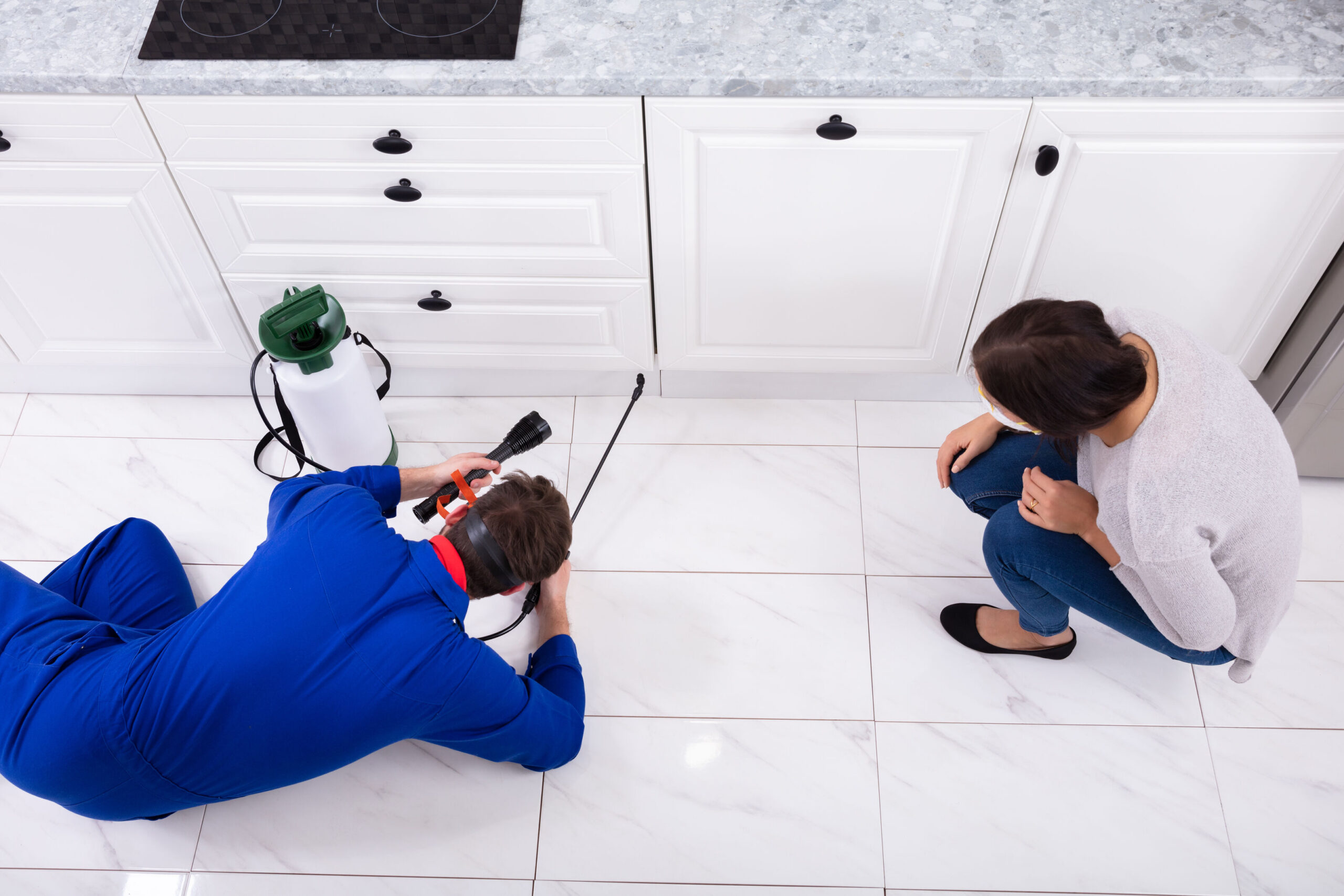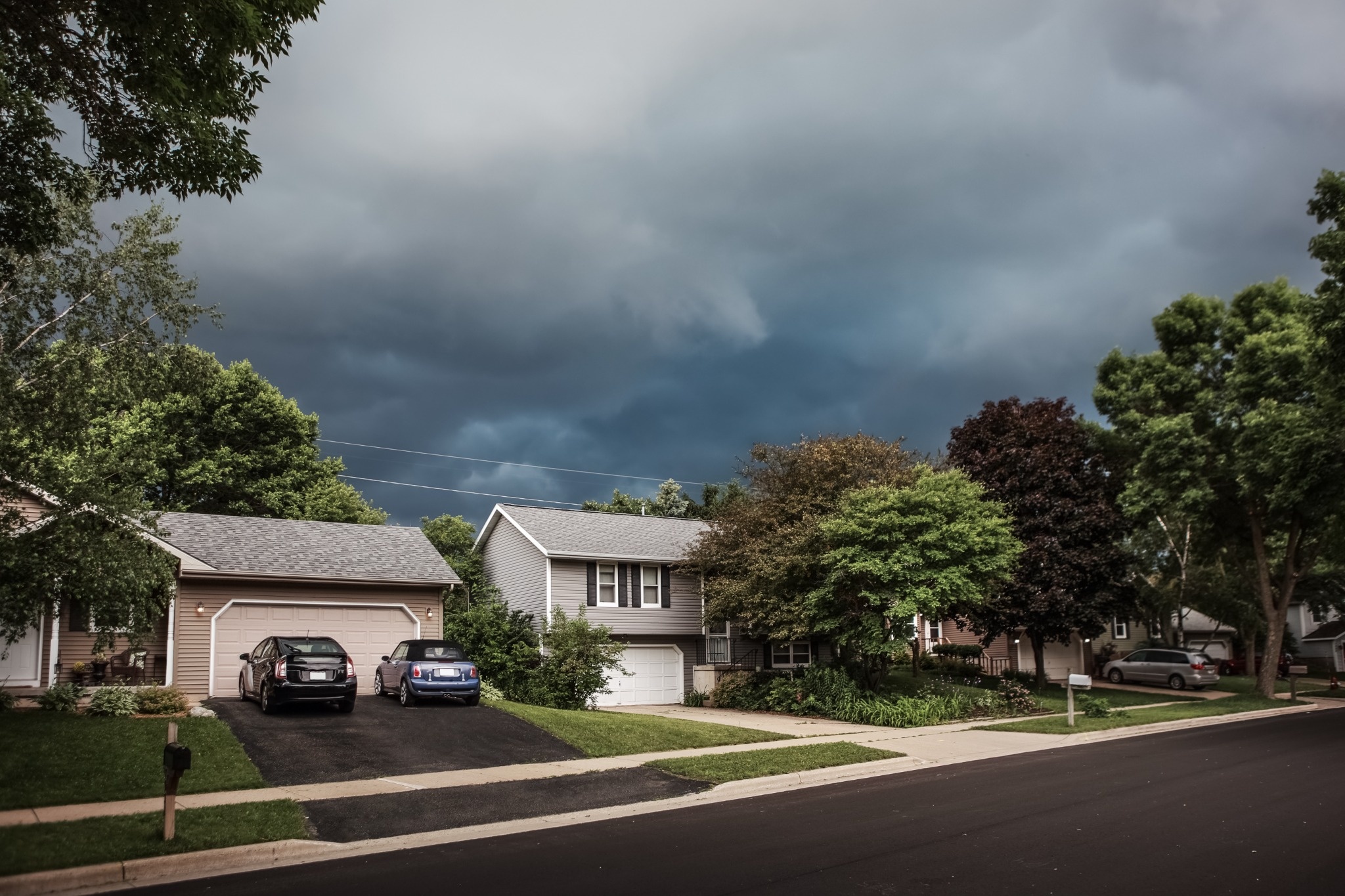Table of Contents
- Hidden Costs of Ignoring Pest Problems
- Preserving the Value of Your Home
- Health-Related Savings
- Food Waste and Pantry Protection
- Energy Efficiency and Maintenance Savings
- The Business Case for Pest Control
- DIY vs. Professional Pest Control: Where the Real Savings Lie
- How Preventative Pest Control Pays Off
- A Simple Cost-Benefit Breakdown
- Conclusion: A Smart Financial Strategy
Why Pest Control Actually Saves You Money: More Than You’d Think
When people think of pest control, they often imagine it as just another household expense. But the reality is that investing in pest prevention and treatment can actually protect your wallet in ways you might not expect.

Hidden Costs of Ignoring Pest Problems
At first glance, pests may seem like a minor inconvenience—something you can handle with a can of spray or a store-bought trap. But infestations left untreated often lead to massive repair bills. For example, termites cost U.S. homeowners billions of dollars in damages every year. Since most homeowner insurance policies exclude termite destruction, those costs fall entirely on you. A single treatment might cost between $500 and $1,500, but repairs to weakened structures can easily reach $10,000 or more.
Rodents are another common culprit. They gnaw through electrical wires, insulation, and plumbing. That can cause short circuits, burst pipes, or even fires—each of which leads to thousands in unexpected expenses. Even seemingly “small” pests like cockroaches and ants can cause food contamination and spread bacteria, which in turn might force you to throw out groceries or pay for medical visits.
In short: pests may look harmless at first, but ignoring them sets you up for bigger bills later.
Preserving the Value of Your Home
A home is often your largest financial asset, and pests slowly eat away at that investment. Termites can hollow beams until they crumble, carpenter ants can compromise foundations, and rodents reduce insulation efficiency. Over time, this type of hidden damage chips away at property value.
If you decide to sell your house, the mere mention of an infestation—even one that’s been resolved—can make buyers nervous. They may demand costly inspections, request concessions, or lower their offer altogether. On the other hand, maintaining a record of consistent pest control shows that your home has been well cared for, making it easier to secure top-dollar offers. Realtors often say that visible pest damage is one of the fastest ways to scare off otherwise interested buyers.
In a competitive housing market, spending a few hundred dollars a year on pest control could easily protect tens of thousands in resale value.
Health-Related Savings
The health implications of pests are often overlooked, but they can have very real financial consequences. Rodents can spread diseases like hantavirus and salmonella, mosquitoes are known carriers of illnesses like West Nile virus, and cockroaches are infamous for triggering asthma attacks and allergies.
If you’ve ever had to miss work because of food poisoning, respiratory flare-ups, or other pest-related illnesses, you know those days quickly add up. Medical bills, prescriptions, and reduced productivity can strain your budget. Families with children or elderly members—who are more vulnerable—are especially at risk.
By keeping infestations at bay, you’re not just improving quality of life. You’re also reducing potential healthcare costs, which can climb much higher than most people expect.
Food Waste and Pantry Protection
Food waste is another hidden way pests drain your finances. Imagine opening your pantry and realizing a bag of flour is full of weevils, your cereal boxes have been chewed by mice, or ants have invaded your sugar and honey. Each of those moments means more food in the trash and another trip to the grocery store.
Using integrated pest management techniques—like sealing cracks, storing dry goods in airtight containers, and scheduling routine inspections—helps stop infestations before they start. The money saved on groceries over the course of a year often equals or exceeds what you’d spend on professional pest control.
If you’ve ever had to replace spoiled or infested food multiple times, you know just how quickly this type of expense can snowball.
Energy Efficiency and Maintenance Savings
Few people realize how much pest damage can affect energy efficiency. Insulation compromised by rodents or insects forces your heating and cooling system to work overtime. Even a small gap chewed by mice in ductwork can increase energy bills significantly.
On top of that, nests in gutters or ventilation systems can reduce airflow, block drainage, or stress HVAC units. Repairs to these systems are never cheap, often ranging from hundreds to thousands of dollars.
Keeping pests out ensures your home’s major systems last longer, operate more efficiently, and cost less to maintain. In an era of rising utility costs, that type of savings is worth paying attention to.
The Business Case for Pest Control
Businesses face even greater financial risks from infestations. Restaurants can be fined or shut down if pests are discovered, leading to immediate revenue loss and long-term reputation damage. Warehouses, grocery stores, and hotels can also face inventory damage, regulatory action, or lawsuits if pests are spotted.
For business owners, regular pest control isn’t just about compliance—it’s about protecting their brand. Customers today are quick to post negative reviews or photos online, and one viral incident can undo years of reputation-building. Compared to those potential losses, the cost of a regular pest control service is minimal.
DIY vs. Professional Pest Control: Where the Real Savings Lie
At first, DIY pest control seems like the cheaper option. Sprays, traps, and powders are relatively inexpensive, and they can sometimes fix minor issues. But most infestations go deeper than what you see on the surface. You might spend hundreds on repeated DIY treatments only to watch the pests return again and again.
Professional pest control companies, however, focus on identifying root causes. They use advanced tools, knowledge of pest behavior, and safe treatments to eliminate infestations and prevent them from returning. While hiring a professional might cost more up front, the long-term savings in avoided repairs, wasted food, and medical bills are significant.
How Preventative Pest Control Pays Off
Preventative pest control is where the real financial advantage comes into play. Regular inspections and treatments ensure that problems are caught while they’re still manageable. It’s similar to oil changes or dental cleanings: the routine cost is small, but it saves you from major emergencies later.
Think of it as insurance with a tangible payoff. Instead of worrying about termites causing thousands in damage or rodents chewing through your attic wiring, you can rest easy knowing small issues will be caught before they escalate. That peace of mind is valuable in itself—but the actual financial savings are even greater.
A Simple Cost-Benefit Breakdown
Here’s how the math usually works out:
- Annual pest control: $300–$600
- Termite treatment: $500–$1,500
- Repair costs for severe termite damage: $3,000–$8,000+
- Rodent damage to wiring/insulation: $1,000+
- Food waste due to infestations: hundreds of dollars per year
- Potential healthcare costs from pest-related illnesses: variable, but often significant
When viewed side by side, the preventive investment in pest control is clearly the smarter financial move.
Conclusion: A Smart Financial Strategy
Pest control isn’t just about keeping creepy crawlies out of sight. It’s a long-term financial strategy that protects your home, your health, and your wallet. From preserving property value to cutting down on wasted food and energy, the benefits extend far beyond comfort.
Instead of seeing pest control as an unnecessary expense, think of it as essential financial protection. The cost of prevention is predictable and manageable. The cost of neglect, however, can be devastating.





